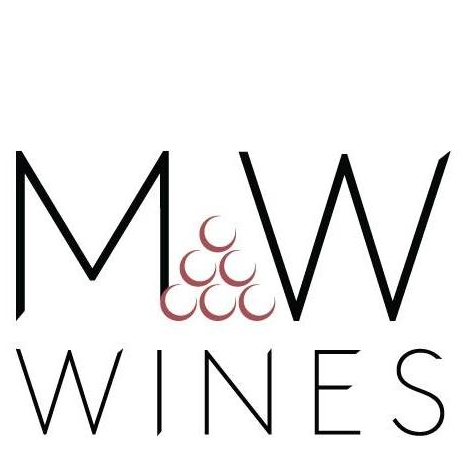Availability:
In stock
SKU
8AEC7BE5-42AE-4A84-B754-EEBAD923BAD8
Domaine Guiberteau - Saumur 'Breze' Blanc - 2018
$184.50
100% Chenin Blanc. The modern renaissance of Chenin de Brézé (as it was once known), obviously owes a great deal to the Foucault brothers’ Brézé bottling, and more recently to the new generation of growers like Guiberteau. This striking wine comes from two small parcels of mature vines (planted in 1933 and 1952) within the fabled Brézé climat, a terroir that once produced wines equally as revered as those of the greatest vineyards of Burgundy and Bordeaux. One-quarter of the fruit is also drawn from the historic Clos de Carmes terroir, introduced below. Brézé is not typical Saumur at all. The vineyards are at a higher elevation than most of the surrounding area and sit directly on a hill of tuffeau—a porous, chalky limestone intermixed with clay and sand. Something like 70% of the vineyard has less than one metre of topsoil so the vines of any age must establish roots in the chalky bedrock. This terroir creates a far more citrus, floral and mineral expression of Chenin. Even in ripe and powerful vintages, the wines remain cool, pure and fresh. Guiberteau now uses larger-format barrels from different coopers. He has found he prefers Atelier Centre France’s thick-staved demi-muids for this wine (he’s also engaged Clos Rougeard’s local cooper to supply some barrels). Another evolution in the élevage is that the Brézé now spends two winters in barrel, followed by six months in tank, recognising both the potency and coiled energy gifted by its terroirs. Year-in, year-out, this is a wine to remind us of the force of this incredible terroir, which can simultaneously deliver the texture and savoury reduction of great white Burgundy and the raciness of great German Riesling. If the Clos de Guichaux can remind of great Chablis, the Brézé style leans towards the textural richness of fine Meursault (at a fraction of the price). Still in its infancy, the 2018 is an alluring and thrilling Chenin of compressed rocky texture, intense citrus, white orchard fruit and pulsating energy. We say this every year, but to reveal its full potential this wine needs as much time as you can afford. It’s still a baby—tightly wound with dry extract, smoky reductive notes and vinous intensity—so if drinking soon, the decanter is your friend. Importer Notes



